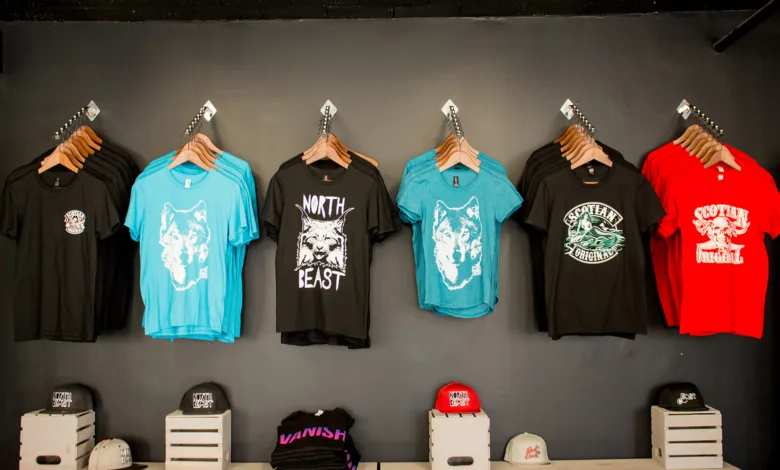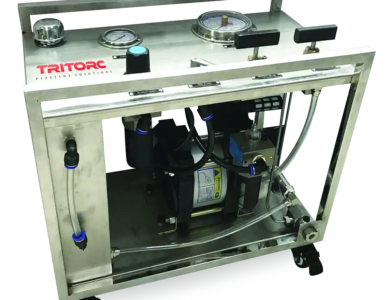A Guide to Custom T-Shirt Printing Techniques

Custom t-shirt printing has revolutionized the apparel industry, offering individuals and businesses alike a canvas to express creativity, promote brands, or commemorate special occasions. From the traditional charm of screen printing to the cutting-edge technology of direct-to-garment (DTG) printing, the realm of custom t-shirt printing is vast and diverse. We are the providers of same day custom t shirt printing in Dallas so in the following article we will discuss the custom printing methods.
Screen Printing: A Time-Honored Craft
Screen printing, also known as silk screening, holds a revered status in the world of custom apparel. This method involves meticulously transferring ink onto a t-shirt through a fine mesh screen.
Design Preparation: Artwork is separated into individual color layers, and screens are meticulously prepared for each hue.
Ink Application: Ink is forced through the prepared screens onto the fabric using a squeegee, layer by layer.
Curing: To ensure longevity, the printed t-shirt undergoes a curing process, typically involving heat to set the ink permanently.
Screen printing offers unparalleled durability and vibrancy, making it ideal for large orders and designs with fewer colors. However, its setup costs and limitations in intricate designs pose challenges for smaller projects.
Direct-to-Garment (DTG) Printing: Precision Meets Versatility
DTG printing has emerged as a game-changer in the custom apparel industry, offering unparalleled flexibility and precision. This cutting-edge technology allows designs to be printed directly onto t-shirts using specialized inkjet printers. Here’s how it works:
Pre-Treatment: T-shirts undergo pre-treatment to ensure optimal ink adhesion and color vibrancy.
Printing: The design is digitally printed onto the fabric with remarkable detail and accuracy.
Curing: Heat is applied to cure the ink, ensuring a lasting bond with the fabric.
DTG printing is celebrated for its ability to reproduce intricate designs, gradients, and photographic images with unparalleled fidelity. With no minimum order requirements and quick turnaround times, it’s a popular choice for small-batch production and one-off designs. However, its compatibility limitations with certain fabric types and higher production costs compared to screen printing warrant consideration.
Heat Transfer Printing: Versatility in Technique
Heat transfer printing encompasses various methods, each offering unique advantages and applications. From vinyl printing to sublimation, this versatile technique caters to a spectrum of customization needs:
Vinyl Printing: Designs are cut from colored vinyl sheets and heat-pressed onto t-shirts, offering durability and vibrant colors.
Sublimation Printing: Sublimation involves printing designs onto special transfer paper using sublimation inks. The paper is then heat-pressed onto polyester garments, resulting in vivid, long-lasting prints.
Heat transfer printing offers unmatched versatility, allowing for intricate designs, vibrant colors, and compatibility with a wide range of fabrics. It’s particularly popular for small-scale production, personalized gifts, and promotional items. However, considerations such as limited color options in vinyl printing and fabric compatibility in sublimation printing should be taken into account.
Dye-Sublimation Printing: Unleashing Creative Freedom
Dye-sublimation printing represents the epitome of customization, offering unparalleled creative freedom and versatility. This innovative technique involves transferring dye onto polyester fabrics through heat and pressure, resulting in vibrant, durable prints. Here’s a closer look:
Design Printing: Designs are printed onto special sublimation transfer paper using sublimation inks, preserving intricate details and color accuracy.
Transfer Process: The printed transfer paper is heat-pressed onto polyester garments, allowing the ink to sublimate directly into the fabric.
Cooling: Once the printing process is complete, the garment is allowed to cool, ensuring the ink bonds seamlessly with the fabric.
Dye-sublimation printing unlocks endless possibilities for all-over designs, vibrant colors, and photo-realistic prints, making it a popular choice for sports apparel, fashion, and promotional items. However, its limitations in fabric compatibility and suitability for light-colored garments necessitate careful consideration.
Conclusion: Navigating the Landscape of Custom T-Shirt Printing
Custom t-shirt printing serves as a powerful medium for self-expression, branding, and creativity. By understanding the intricacies of various printing techniques, individuals and businesses can make informed decisions tailored to their specific needs and preferences. Whether opting for the time-honored tradition of screen printing, the precision of DTG printing, the versatility of heat transfer printing, or the creative freedom of dye-sublimation printing, the possibilities for custom apparel are limitless. With each method offering its unique blend of advantages and considerations, the journey of custom t-shirt printing is as diverse and vibrant as the designs that adorn its fabric.



